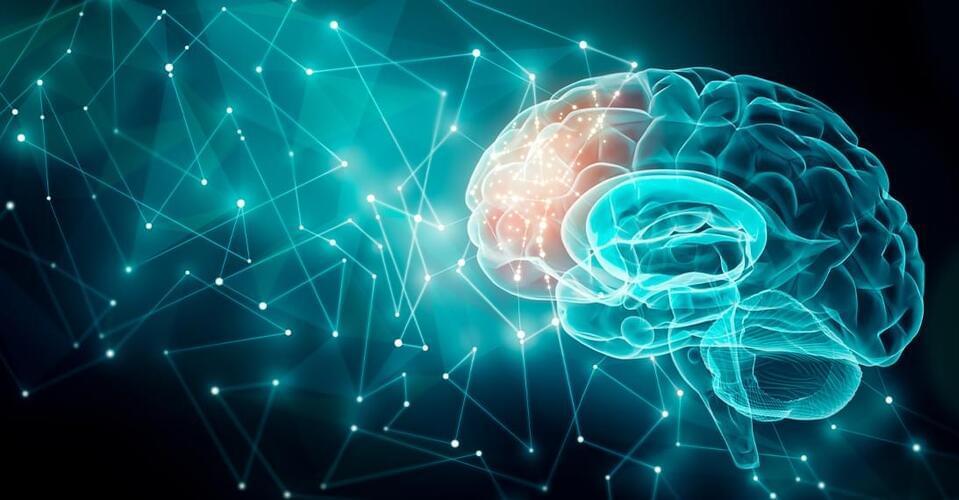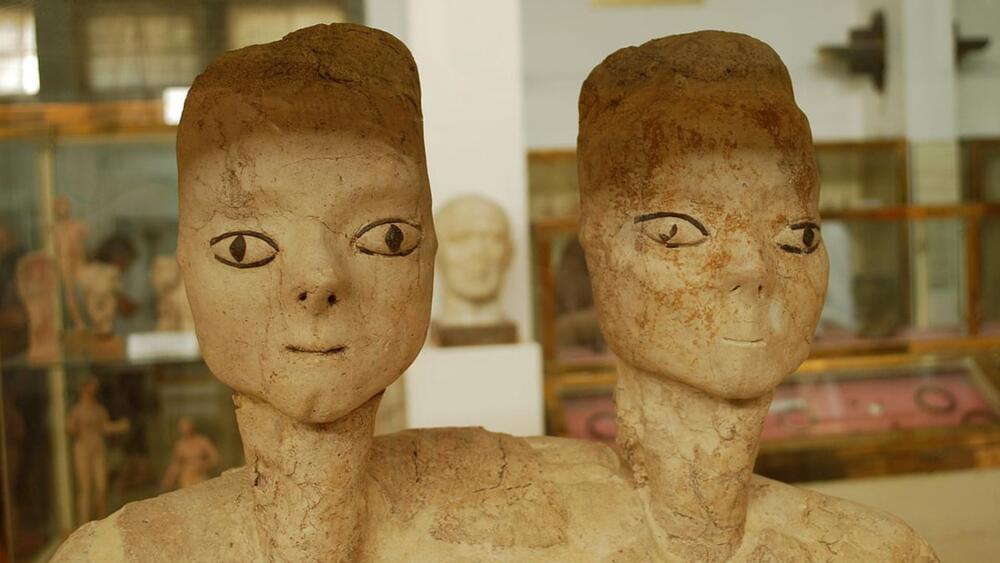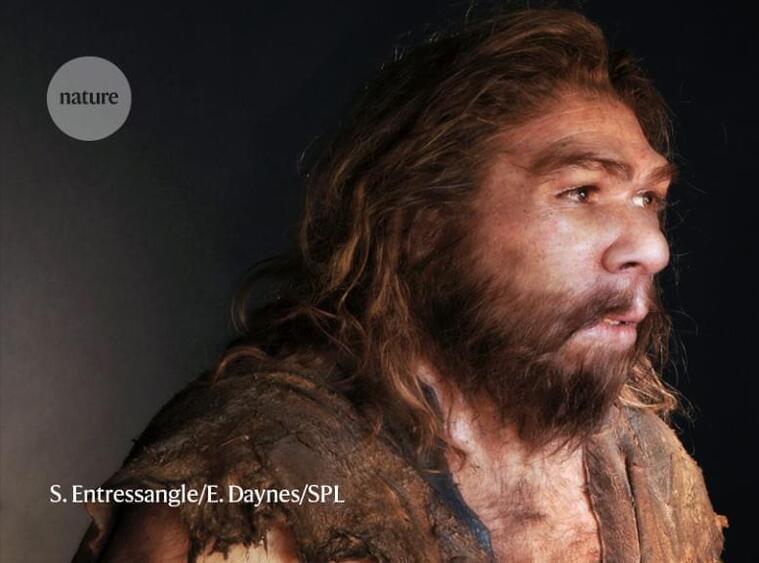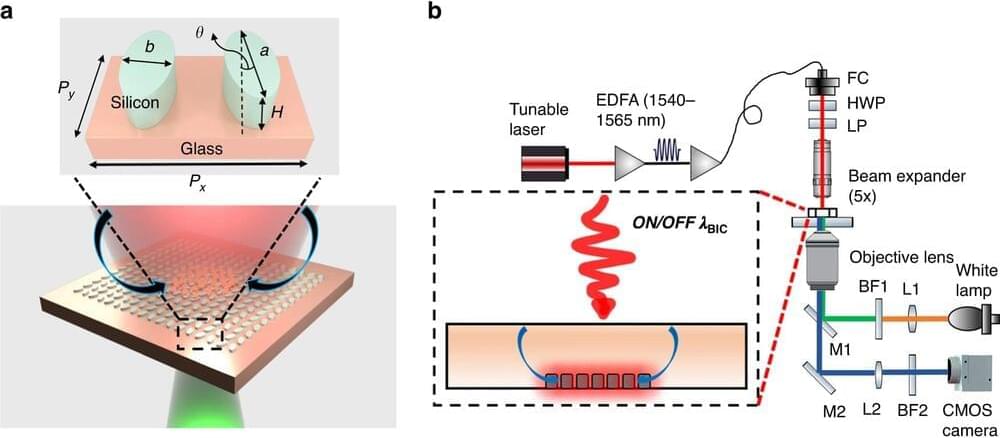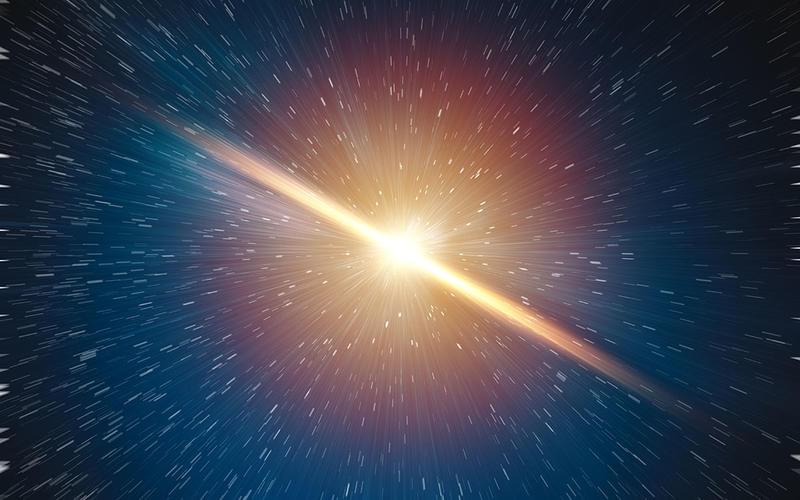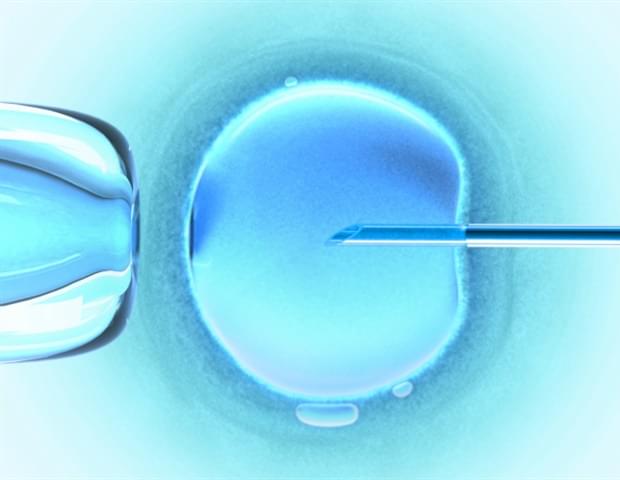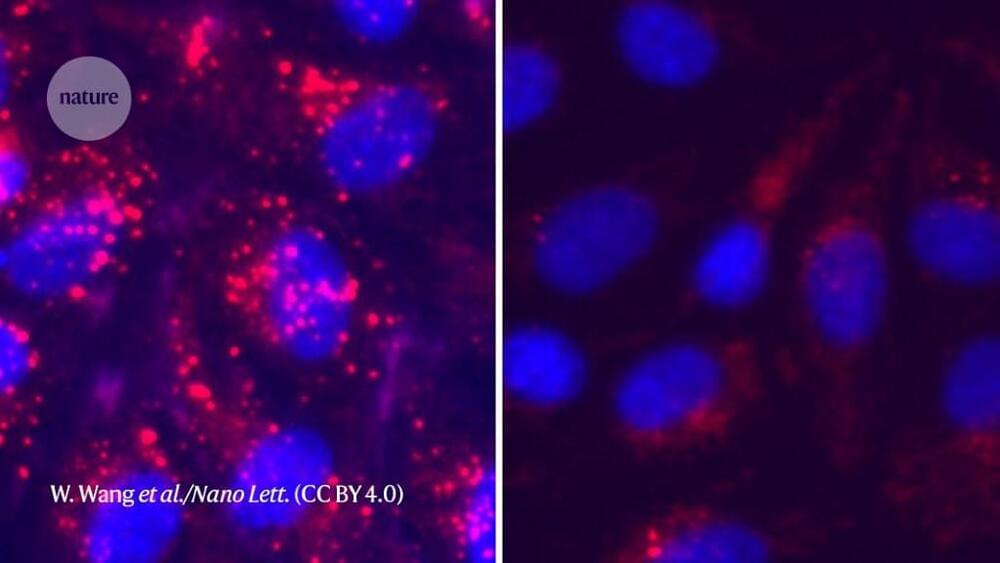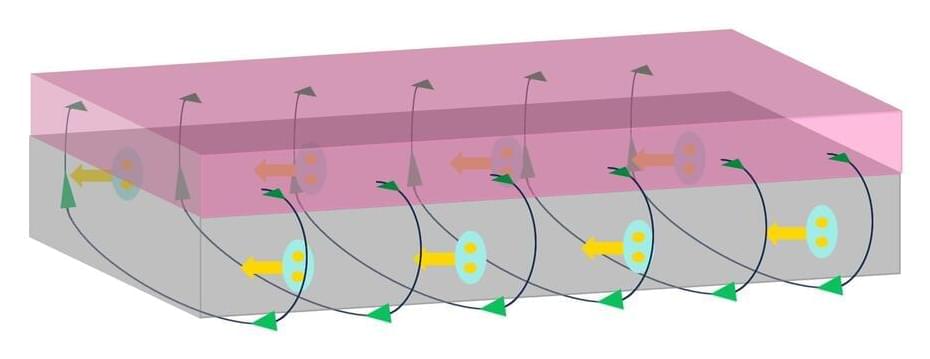A new neuroimaging study has found that individuals who consumed their first alcoholic drink before the age of 18 had weaker connections in the brain’s cognitive control network compared those who consumed their first alcoholic drink after the age of 18. This suggests that starting to drink alcohol at a young age might make this brain network less effective. The study was published in Psychiatry Research: Neuroimaging.
Although the adverse effects of alcohol consumption and related long-term health risks are well known, it is estimated that 30% of youth in the United States use alcohol by the eighth grade. 62% of adolescents report drinking their first alcoholic drink by the time they graduate from high school, around 18 years of age.
Studies have found that individuals who start using alcohol earlier are more likely to develop alcohol-related problems later in life. Individuals who drink their first alcoholic drink earlier are also more likely to get drunk for the first time at an earlier age. They are also more likely to participate in binge drinking i.e., to consume more than 5 standard drinks for men or more than 4 for women on a single occasion.
